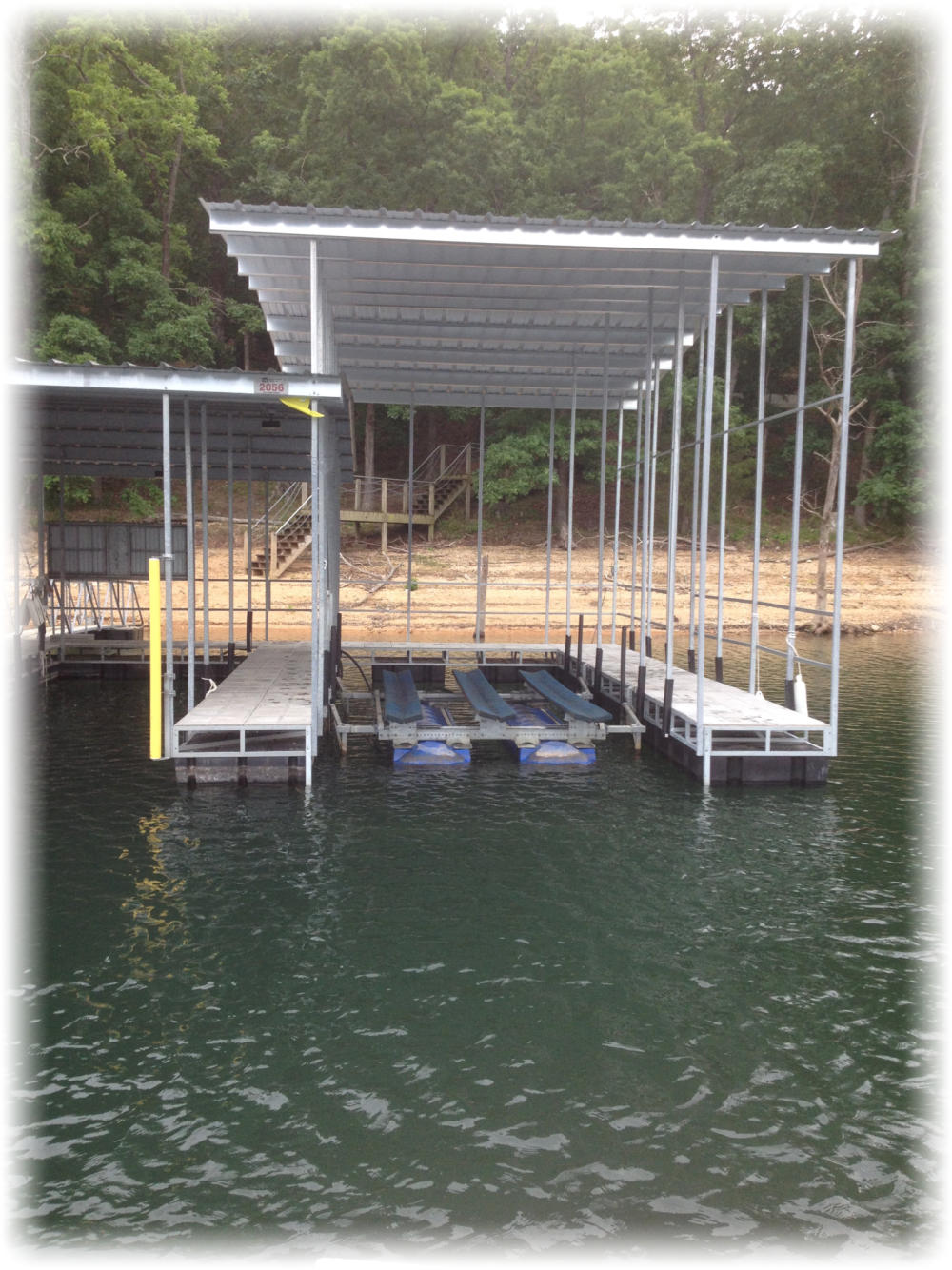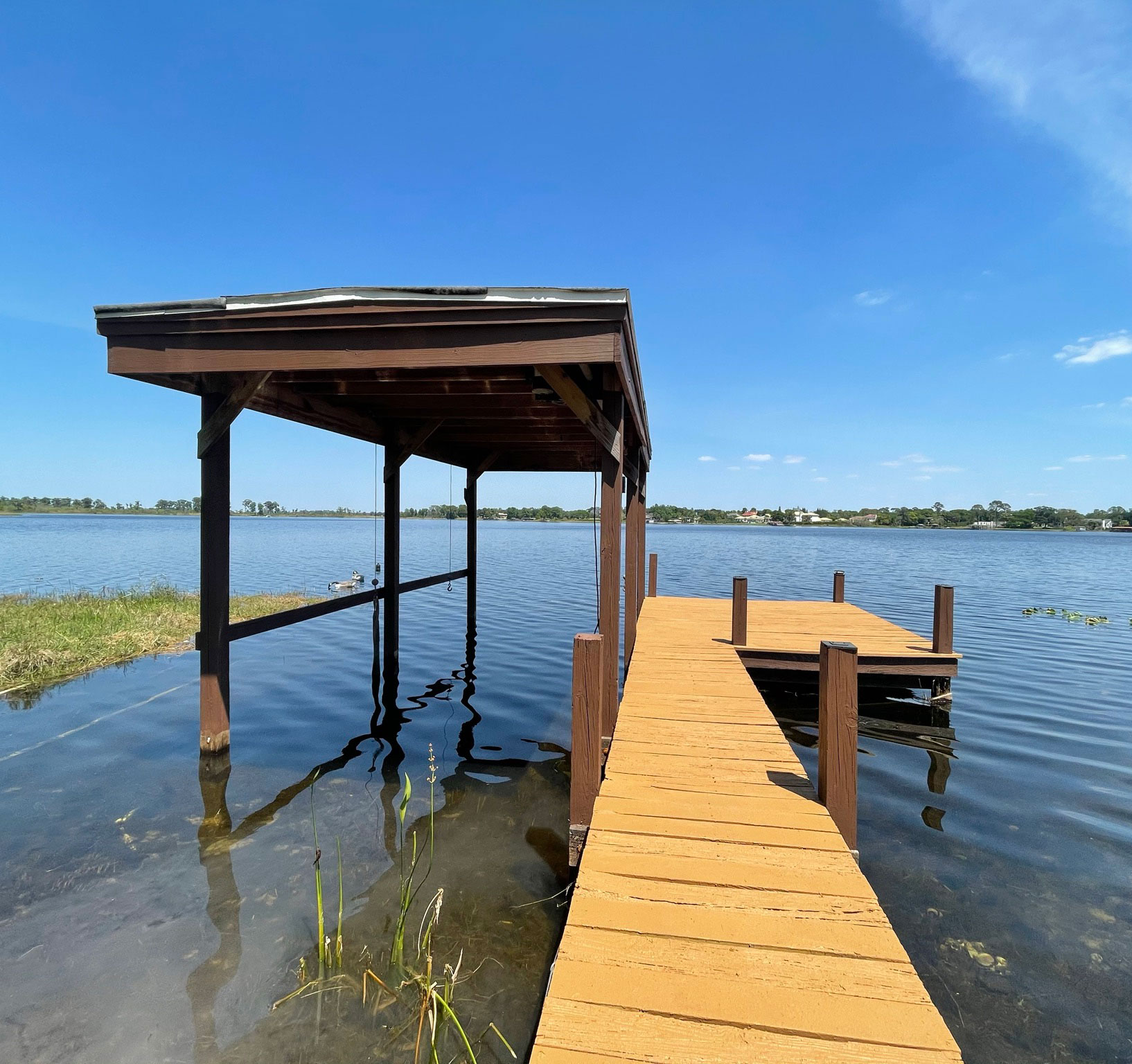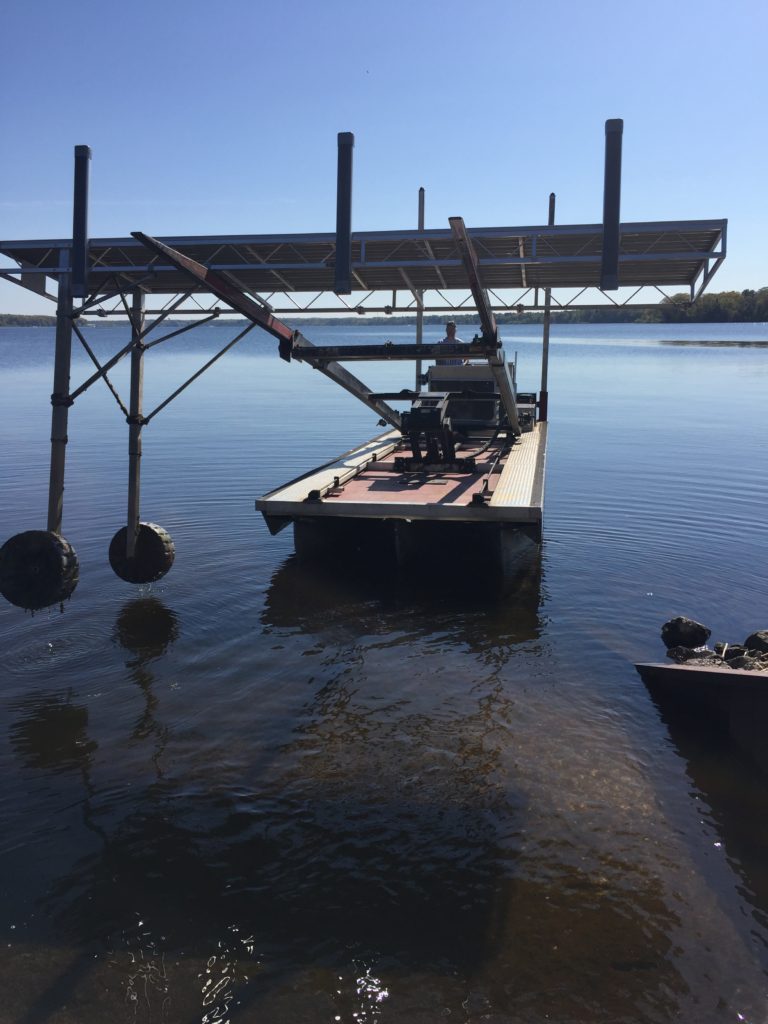Common Problems That Lead to Pricey Dock Repairs
Common Problems That Lead to Pricey Dock Repairs
Blog Article
Reliable Dock Repair Service Techniques: Making Certain Architectural Honesty
Making certain the architectural stability of docks with effective repair techniques is paramount for the longevity and safety of aquatic centers. This includes a multi-faceted method starting with comprehensive assessments making use of sophisticated modern technologies like finder equipment and remotely ran lorries (ROVs) to identify both noticeable and concealed damages. Subsequently, picking the appropriate fixing products, such as composite materials and corrosion-resistant alloys, is crucial for durability. Architectural reinforcement methods, consisting of the execution of cross-bracing systems and load-distribution plates, play a crucial role in mitigating stress and anxiety factors. Nevertheless, the importance of these strategies comes to be apparent when exploring advanced fixing techniques and preventative maintenance approaches.
Examining Dock Damages
Assessing dock damage is an essential initial action in making certain the architectural honesty and safety of any docking center. Trick facets to take a look at consist of the dock's structure, pilings, outdoor decking, and equipment (Dock Repairs).
Structural engineers or qualified examiners usually execute these evaluations making use of specialized methods and devices. For example, undersea assessments could use finder equipment or remotely ran automobiles (ROVs) to discover submerged damages. Over water, aesthetic assessments are matched by utilizing dampness meters and other diagnostic devices to discover underlying issues not quickly noticeable to the nude eye.

Finding Repair Materials
Choosing the ideal repair materials is a crucial step in the dock remediation procedure, one that straight affects the durability and efficiency of the repaired structure. Material selection need to be driven by variables such as ecological problems, load-bearing needs, and compatibility with existing dock parts. For example, timber is a traditional choice for docks due to its natural resilience and aesthetic appeal. Selecting the right kind of timber, such as pressure-treated lumber or naturally rot-resistant species like cedar or teak wood, is critical to stand up to water atmospheres.
Along with timber, composite materials are increasingly preferred because of their sturdiness and reduced upkeep requirements. Compounds, normally made from a mix of plastic and wood fibers, use outstanding resistance to rot, pests, and UV damage. For steel anchors, choosing corrosion-resistant alloys such as galvanized steel or marine-grade light weight aluminum is important to avoid rust and ensure architectural integrity in saline water problems.
Epoxy resins and marine-grade sealers are important for fixing fractures and sealing joints, giving a water-proof barrier and enhancing the dock's general stamina. By thoroughly picking top notch products, dock repair services can accomplish resilient outcomes, thereby protecting versus future degradation and guaranteeing secure, trusted usage.
Structural Reinforcement Methods
Reliable architectural support strategies are critical in ensuring the security and long life of dock repair services. This approach is particularly effective for docks exposed to heavy lots or extreme ecological conditions.
Another vital technique is the application of fiber-reinforced polymers (FRP) These materials supply high strength-to-weight proportions and excellent resistance to corrosion, making them excellent for enhancing wood or concrete anchors. FRP can be applied in strips or sheets and bonded with epoxy resins to boost architectural integrity.
Bracing and securing systems likewise play a vital function in structural support. Cross-bracing, utilizing metal or wood light beams, can neutralize side forces, decreasing guiding and motion. Anchoring systems, such as helical piers or driven heaps, supply a stable structure by moving loads to deeper, more secure soil layers.
Last but not least, the combination of load-distribution plates can help disperse weight much more equally across the dock's surface, minimizing localized anxiety points. These techniques jointly make sure that docks remain durable and safe, qualified of withstanding the roughness of their functional environment.
Advanced Repair Service Approaches

Another advanced technique involves underwater welding, which allows for repairs to be conducted without the need to dewater the location. This approach is specifically useful for resolving architectural problems in submerged dock components, guaranteeing minimal disruption to procedures. Boosted welding methods, combined with robot click now systems, deliver precision and reliability, thereby extending the lifespan of the dock.
In addition, cathodic defense systems are applied to protect against deterioration in metal dock frameworks. By making use of sacrificial anodes or impressed current systems, these strategies successfully reduce the electrochemical procedures that bring about material degeneration.
Finally, advanced surveillance modern technologies, such as structural health monitoring (SHM) systems, offer real-time information on the problem of dock structures. These systems make it possible for positive maintenance and prompt interventions, ultimately making certain the lasting structural integrity of the dock.
Maintenance and Prevention
Upkeep and prevention are fundamental principles that underpin the long life and security of dock structures. Normal assessments are critical, permitting very early detection of deterioration, potential weak points, and ecological impacts. An aggressive method, entailing regular look for rust, rot, and architectural shifts, mitigates pricey repair services and extends the dock's functional life.
Preventive actions ought to consist of applying protective coatings to metal parts to protect versus corrosion and making use of treated wood to stand up to degeneration. Additionally, making certain proper drain and air flow can avoid water buildup, which is a common root cause of architectural deterioration. Incorporating top quality materials and adhering to maker standards during building and fixing stages also play vital roles in enhancing longevity.

Training personnel in dock upkeep finest methods ensures consistent application of safety nets. Leveraging technical developments, such Visit Your URL as drones for assessments and sensors for real-time monitoring, can better improve maintenance efforts. By focusing on maintenance and prevention, dock proprietors can make sure architectural integrity, functional security, and affordable management over the dock's life-span.
Final Thought
In conclusion, preserving the structural honesty of marine centers requires extensive dock fixing methods. Thorough assessments utilizing advanced tools reveal both noticeable and hid damages, while the option of ideal repair work products improves toughness. Applying structural reinforcement methods addresses tension points successfully. Advanced repair strategies, coupled with normal maintenance methods, ensure the dock stays operational and navigate to this website secure under diverse ecological conditions. Adopting these approaches dramatically lengthens the lifespan and functionality of marine framework.
Making certain the structural stability of anchors with reliable repair strategies is vital for the durability and safety of aquatic centers.Selecting the appropriate repair products is a pivotal step in the dock restoration procedure, one that straight influences the long life and performance of the repaired structure.Reliable architectural reinforcement techniques are essential in guaranteeing the stability and durability of dock repair work. By prioritizing upkeep and avoidance, dock proprietors can guarantee architectural stability, operational security, and affordable monitoring over the dock's lifespan.
In final thought, maintaining the structural honesty of marine facilities necessitates comprehensive dock repair work methods.
Report this page